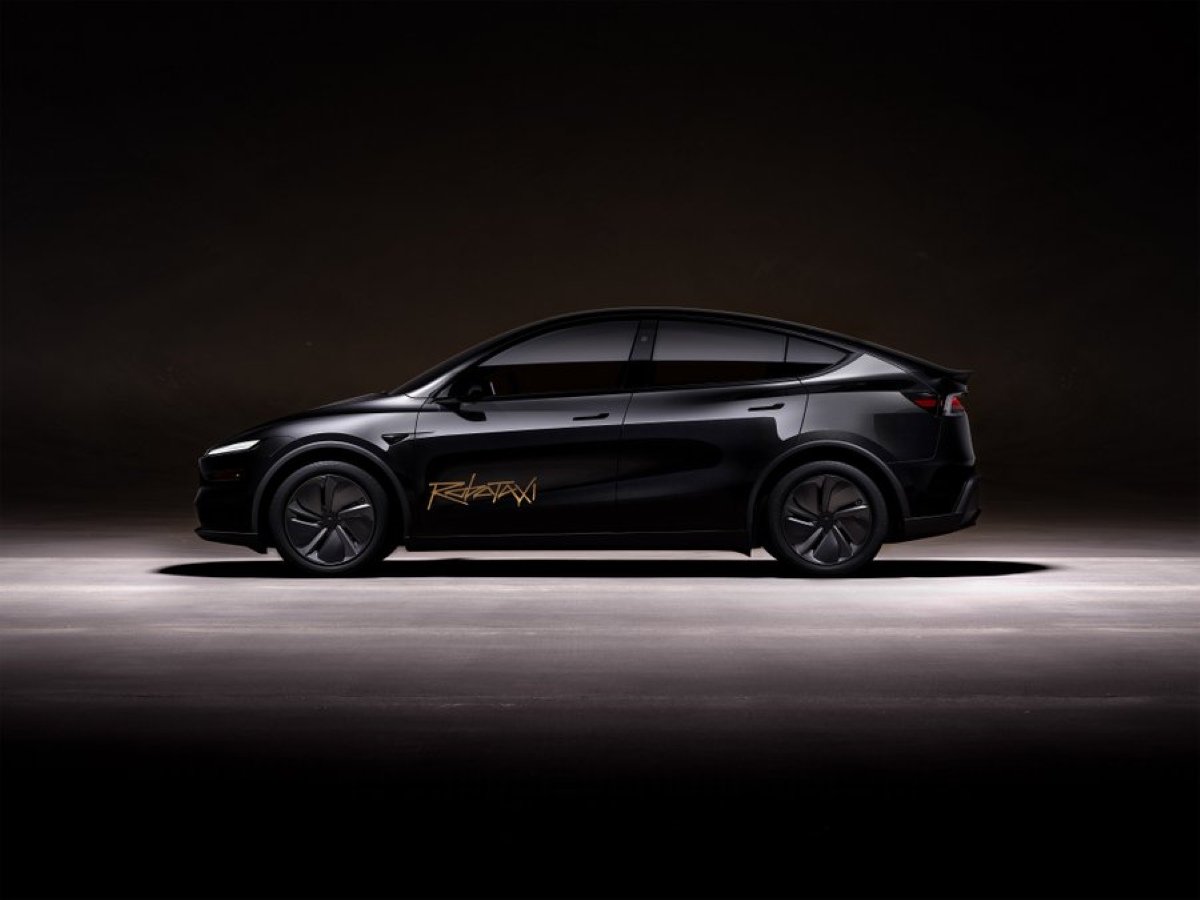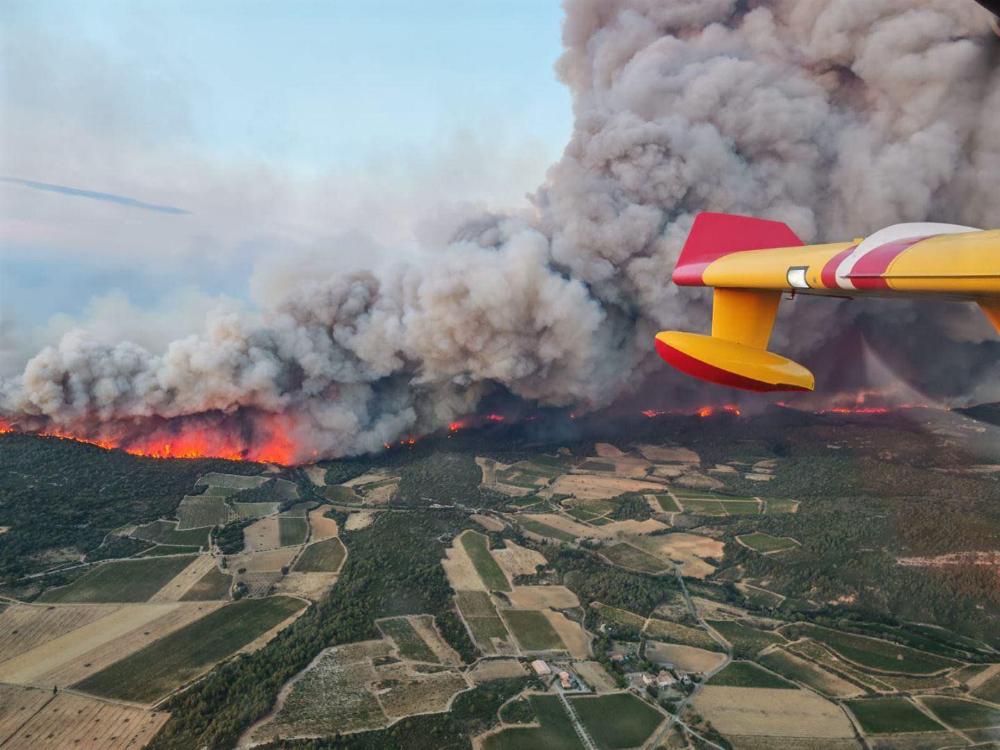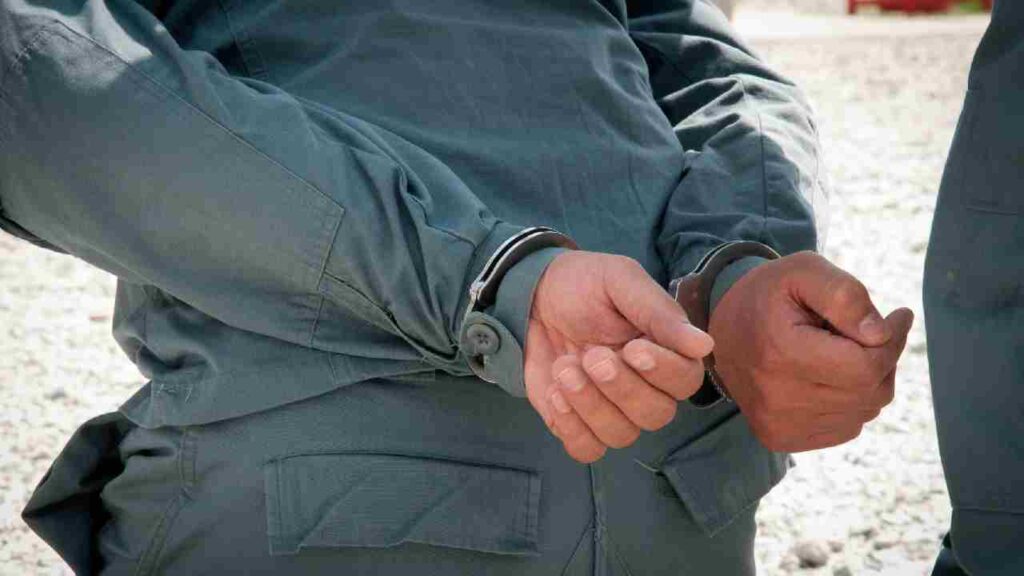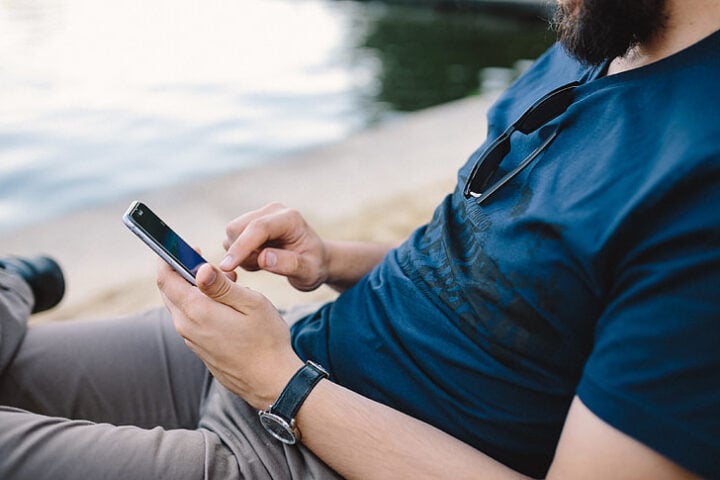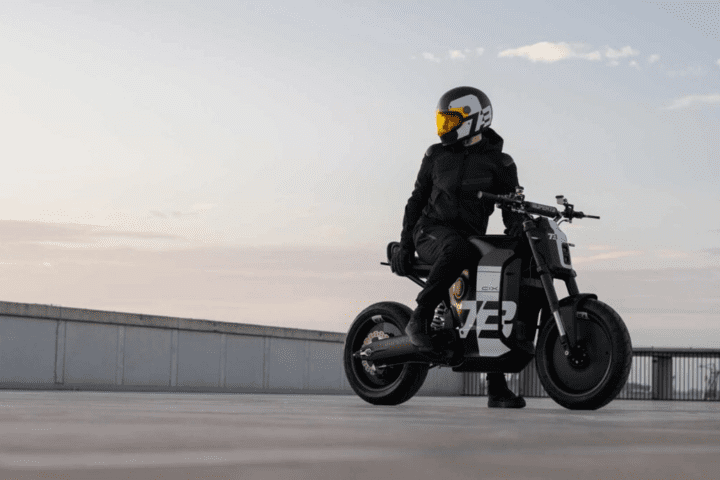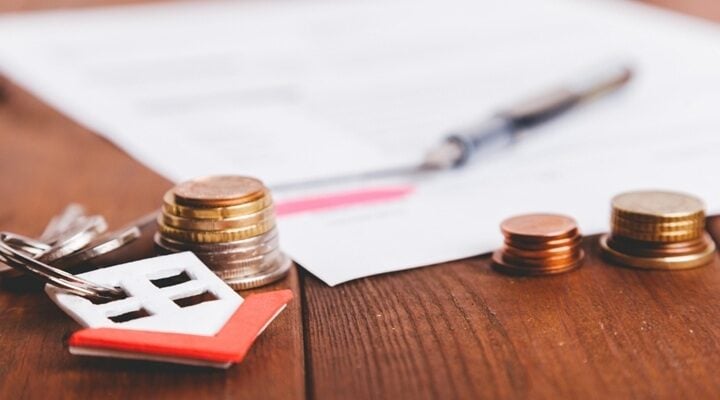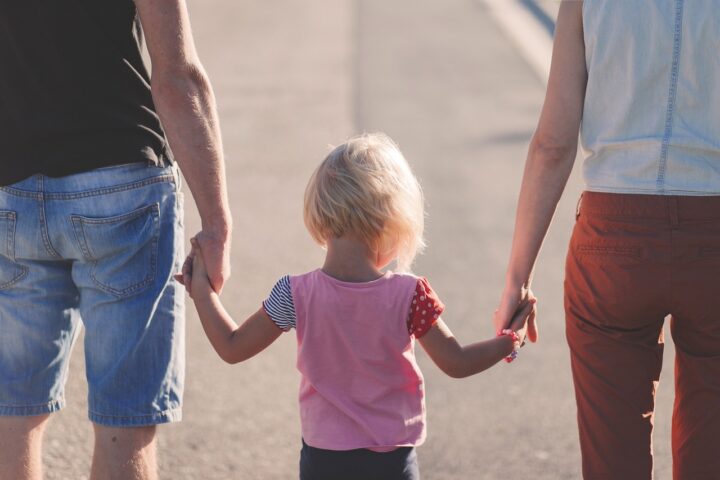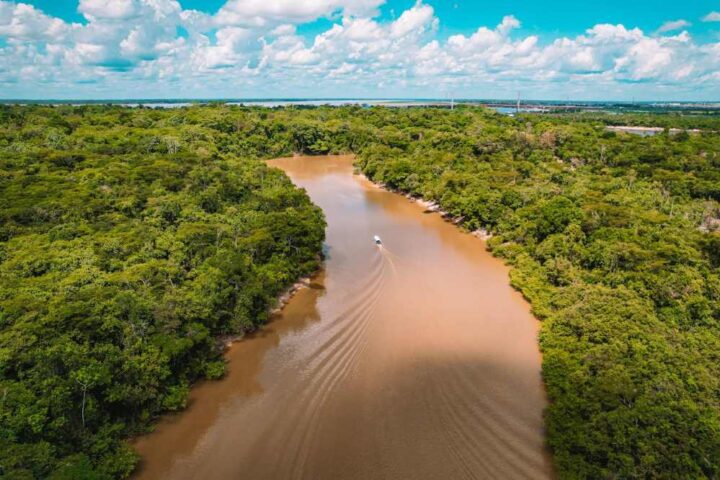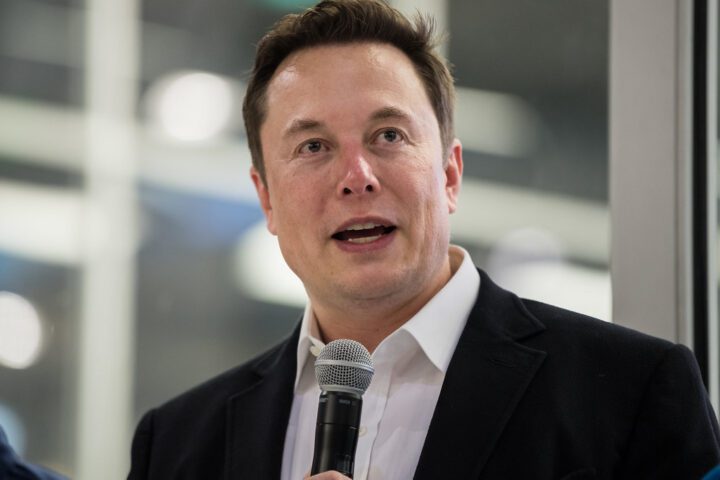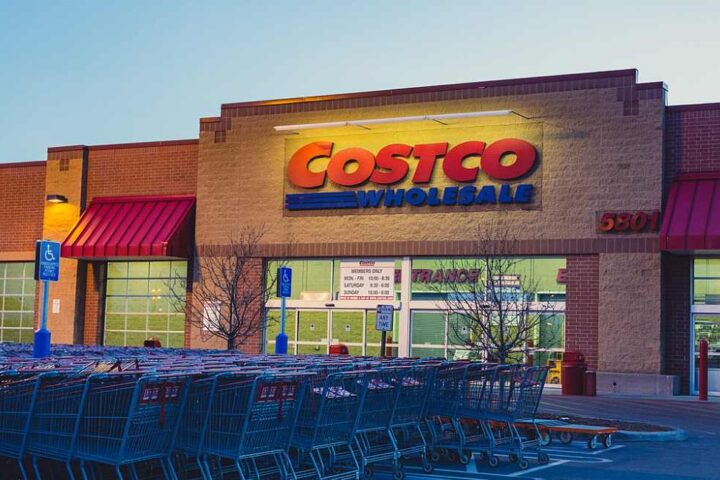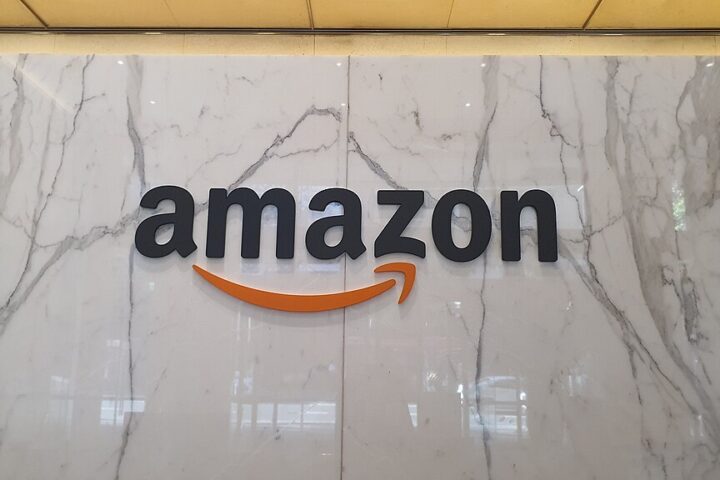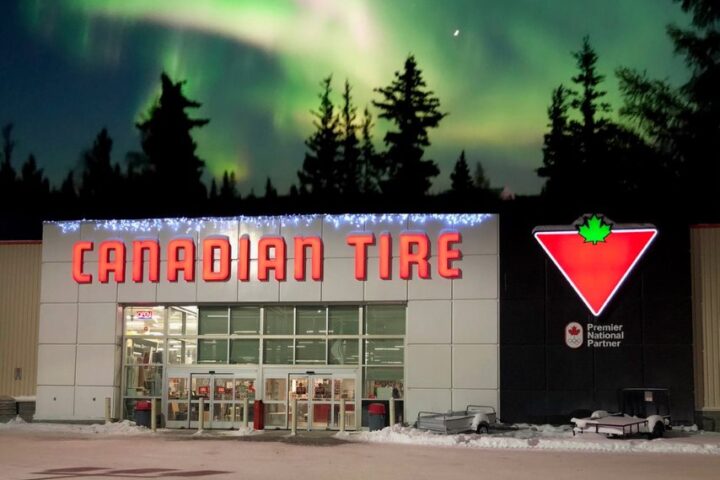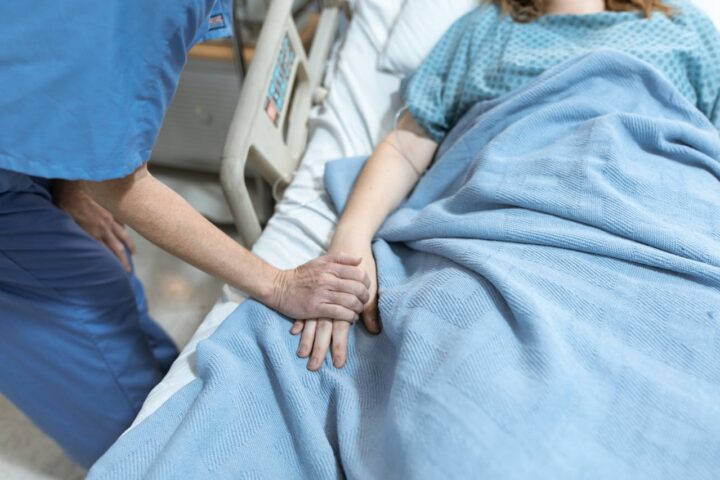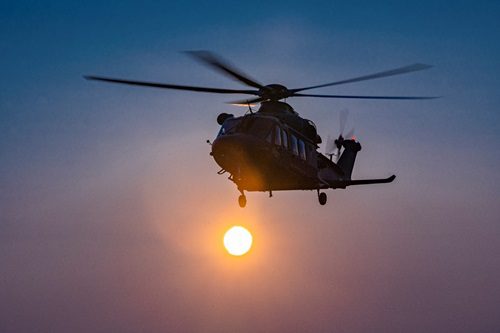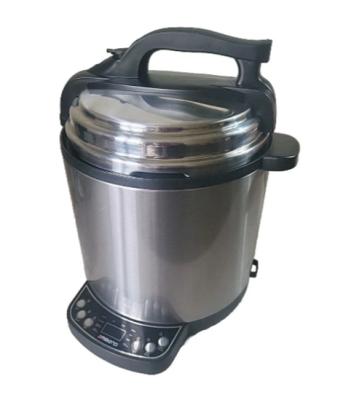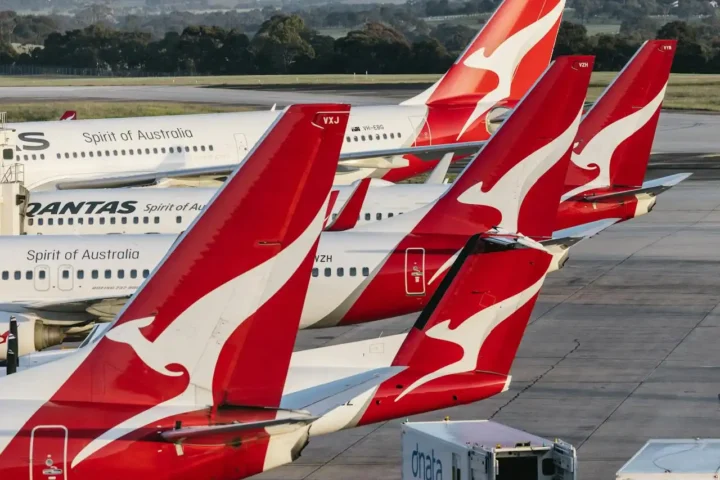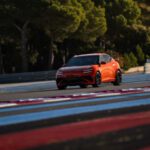Tesla and CEO Elon Musk have been hit with a shareholder lawsuit claiming securities fraud over the company’s autonomous driving technology. The lawsuit, filed Monday night in federal court in Austin, Texas, alleges the electric vehicle maker concealed significant safety risks associated with its Robotaxi service while inflating the company’s business prospects and stock price.
The legal action comes after Tesla’s inaugural Robotaxi test in Austin on June 22 showed vehicles exhibiting erratic behavior, including speeding, sudden braking, driving over curbs, entering wrong lanes, and dropping passengers off in the middle of multilane roads. These incidents triggered a sharp market reaction, with Tesla’s share price dropping 6.1% over two trading days, wiping out approximately $68 billion in market value.
Denise Morand, the lead plaintiff, is seeking damages on behalf of shareholders who purchased Tesla stock between April 19, 2023, and June 22, 2025. The lawsuit also names former CFO Zachary Kirkhorn and current CFO Vaibhav Taneja as defendants, alleging they participated in the alleged securities-fraud scheme.
Regulatory Scrutiny Intensifies
The National Highway Traffic Safety Administration (NHTSA) contacted Tesla immediately after videos of the Robotaxi incidents surfaced online. The agency stated it was “aware of the referenced incidents and is in contact with the manufacturer to gather additional information.”
NHTSA said it “will continue to enforce the law on all manufacturers of motor vehicles and equipment.”
This isn’t the first time Tesla’s self-driving technology has faced regulatory scrutiny. NHTSA is currently conducting an ongoing investigation into Tesla’s Full Self-Driving (FSD) Supervised software following multiple crashes, including incidents in reduced visibility conditions. Prior to the Robotaxi launch, the agency had sent Tesla a detailed list of questions about its planned autonomous service, with responses due by June 19.
Tesla reportedly requested that NHTSA keep its responses confidential, a move consistent with the company’s historical reluctance to share data about its autonomous driving systems.
Similar Posts
Recent Legal Setback
The shareholder lawsuit arrives just days after Tesla suffered a significant legal defeat in Florida. On August 1, a jury found Tesla 33% responsible for a fatal 2019 crash involving its Autopilot system and ordered the company to pay $243 million in damages.
The Florida case involved a Tesla Model S that failed to stop at an intersection while in Autopilot mode, killing a 22-year-old woman and severely injuring her boyfriend. The jury determined that Tesla’s marketing of its driver assistance software was misleading, with plaintiffs’ attorneys arguing that terms like “Autopilot” gave drivers a false sense of the technology’s capabilities.
Financial analyst Dan Ives of Wedbush Securities said, “It’s a big number that will send shock waves to others in the industry.”
Testing Challenges
The Austin Robotaxi service began with 10-20 Model Y vehicles operating within specific boundaries of the city, each with a human “safety monitor” in the front passenger seat. The vehicles are equipped with Tesla’s FSD technology, though the company has provided limited technical details about the system.
Videos posted online showed the Tesla robotaxis driving unpredictably, including one incident where a vehicle entered a lane marked for left turns only, proceeded straight through an intersection, and entered an opposing lane for several seconds before swerving.
Some analysts have noted the contrast between Tesla’s approach and competitors like Waymo, which surpassed 10 million paid trips last month. A 2024 Swiss Re study found Waymo’s autonomous vehicles had 88% fewer property damage claims than human-driven cars.
Market Impact and Future Plans
Despite these setbacks, Tesla has ambitious plans for its autonomous driving technology. During an April earnings call, Musk stated the company was “laser focused on bringing robotaxi to Austin in June” despite reporting a 71% drop in profits.
Musk has claimed Tesla aims to make Robotaxi available to half the U.S. population by the end of 2025, with millions of fully autonomous vehicles by 2026. On July 31, the company launched a chauffeur-style ride-hailing service in the San Francisco Bay Area using human drivers, as state regulators have not yet cleared any autonomous robotaxi operations there.
Tesla has not responded publicly to the shareholder lawsuit, but has announced plans to appeal the Florida verdict, calling it “wrong” and claiming it “only works to set back automotive safety.”As autonomous vehicle technology continues to advance, these legal and regulatory challenges highlight the complex balance between innovation and safety that all manufacturers face in the rapidly evolving transportation sector.
